Engine Oil Viscosity Calculator
Find the Best Oil for Your Vehicle
Answer a few questions about your vehicle and conditions to determine whether 5W30 or 10W30 is most appropriate.
Choosing the right motor oil can feel like a guessing game, especially when you see two numbers on the label and wonder which one will keep your engine humming. The battle between 5W30 vs 10W30 is a classic example. This guide breaks down what those numbers mean, how they behave in real‑world driving, and which grade fits your car, climate, and driving style.
What the Numbers Really Mean
Motor oil labels use a two‑part code defined by the SAE viscosity classification a standard set by the Society of Automotive Engineers that describes how thick or thin an oil is at different temperatures. The first part, followed by a "W" (for winter), shows how the oil flows when it’s cold. The second number tells you the oil’s thickness at normal engine operating temperature (around 100°C).
So, 5W30 engine oil flows like a 5‑weight oil in cold weather and behaves like a 30‑weight oil when the engine is hot will be thinner at low temperatures than 10W30 engine oil which behaves like a 10‑weight oil in the cold but still a 30 at operating heat. The difference shows up most during start‑ups on frosty mornings.
How Temperature Impacts Oil Flow
When temperatures dip below freezing, oil thickens. Thicker oil means the engine has to work harder to pump it around, which can increase wear during the first few seconds after you turn the key. In places like Auckland, where winter lows rarely dip below 5°C, both 5W30 and 10W30 remain fluid enough, but 5W30 gives a small edge in cold‑crank protection.
In hot climates, the "30" part dominates. Both oils thin out to roughly the same viscosity once the engine hits operating temperature, so performance at cruising speeds is virtually identical.
Engine Types and Their Preferences
- Gasoline engine generally tolerates a wider range of viscosity grades - most manufacturers recommend 5W30 for modern, fuel‑efficient models.
- Diesel engine often runs at higher compression, so a slightly thicker cold‑grade (like 10W30) can be acceptable if the vehicle is used in milder winter conditions.
- Turbocharged engine relies on precise oil flow to keep the turbo bearings cool; a thinner cold‑grade helps protect the turbo during cold starts.
Check your owner’s manual - it will usually list a range (e.g., 5W30‑10W30) rather than a single number, giving you flexibility.
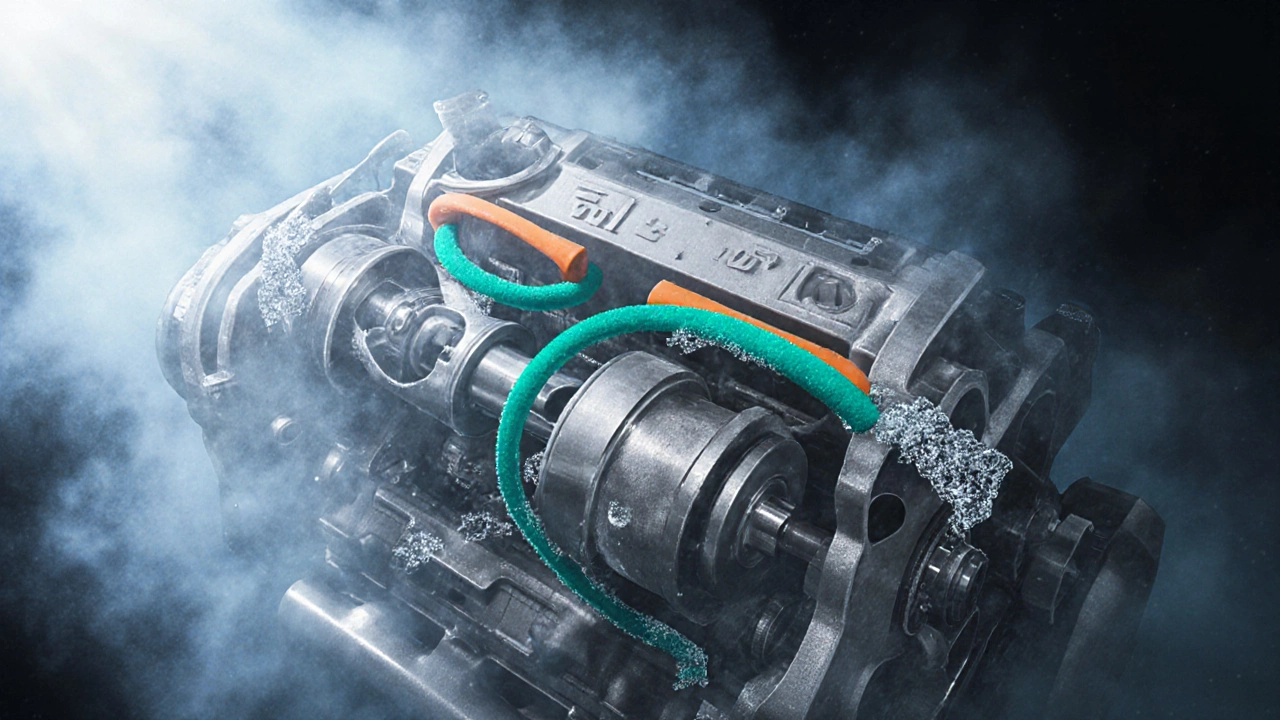
Synthetic vs Conventional Oil
Viscosity is only part of the story. The oil’s base stock determines how it behaves over time. Synthetic oil is engineered at the molecular level for consistent flow, better heat resistance, and longer life typically maintains its "30" rating longer under high‑temperature stress. Conventional oil is refined from crude oil and may thin out faster, especially in high‑heat driving conditions.
If you choose a high‑quality synthetic 5W30, you get both low‑temperature ease and high‑temperature durability. A conventional 10W30 can be fine for older engines that don’t demand the extra protection.
Side‑by‑Side Comparison
| Aspect | 5W30 | 10W30 |
|---|---|---|
| Cold‑start flow (‑10 °C to 0 °C) | Excellent - thin enough for fast circulation | Good - slightly thicker, possible extra wear in very cold starts |
| Operating‑temp viscosity (≈90 °C) | Identical - both meet SAE 30 spec | Identical - both meet SAE 30 spec |
| Fuel efficiency impact | Minor boost due to reduced internal friction | Negligible difference |
| Turbocharged engine suitability | Preferred - protects turbo during cold starts | Acceptable but not optimal |
| Typical price (NZD per litre, 2025) | ~$9.20 for synthetic, $5.80 for conventional | ~$8.90 for synthetic, $5.60 for conventional |
The table shows that the real distinction lies in cold‑weather performance and turbo protection. In moderate climates like Auckland’s, both grades perform similarly once the engine warms up.
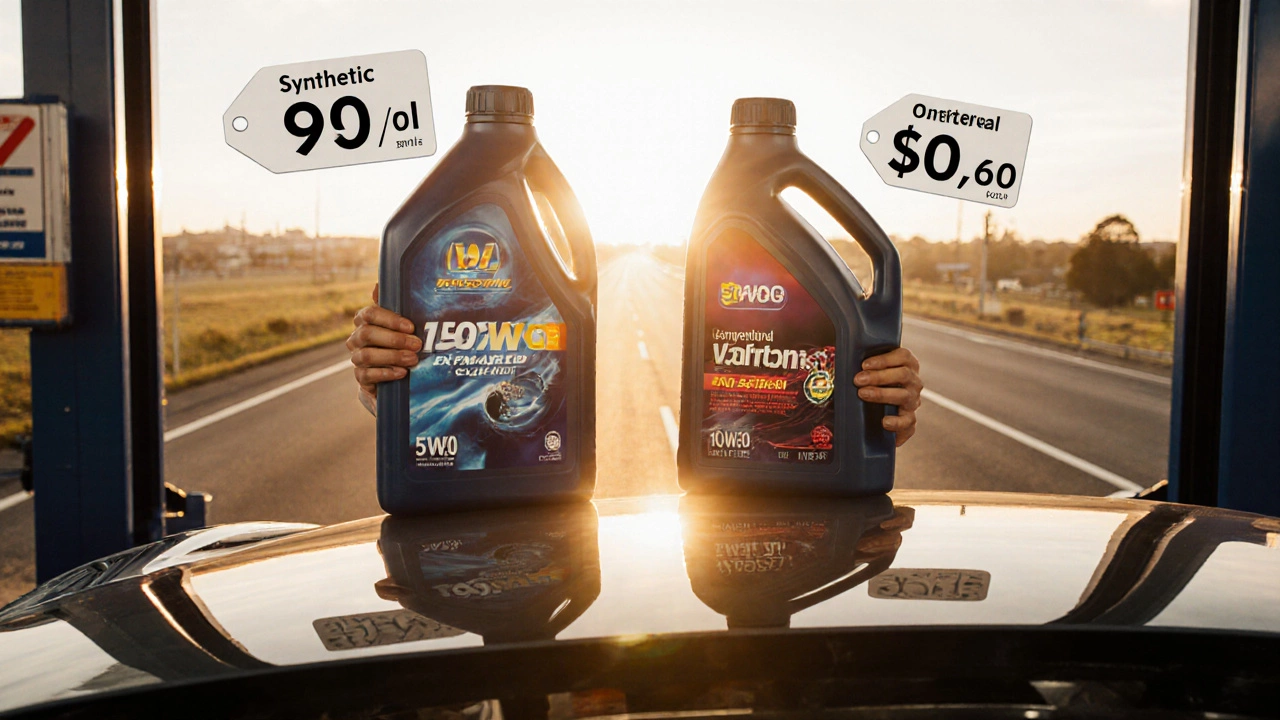
Regional Considerations - Is Auckland a 5W30 or 10W30 Country?
Auckland’s average winter low hovers around 7 °C, rarely dropping below 0 °C. That means 5W30’s extra fluidity in the cold is a nice‑to‑have, not a must‑have. If you drive a newer gasoline‑direct‑injection (GDI) or turbocharged model, the thinner oil can shave off a fraction of a second on start‑up and reduce wear on the turbo bearings.
For older diesel trucks that see more heavy‑load duty, a 10W30 conventional blend might be enough, especially if you stick to regular oil‑change intervals.
Maintenance Tips That Complement Your Oil Choice
- Replace the oil filter a cartridge that traps metal particles and contaminants before they circulate with every oil change. A clogged filter defeats even the best oil.
- Follow the manufacturer’s recommended change interval - typically 10,000 km for synthetic 5W30, 7,500 km for conventional 10W30.
- Check oil level after the engine cools down; low oil can cause catastrophic wear regardless of grade.
- Use a dipstick that’s clean and read the markings at eye level for an accurate measurement.
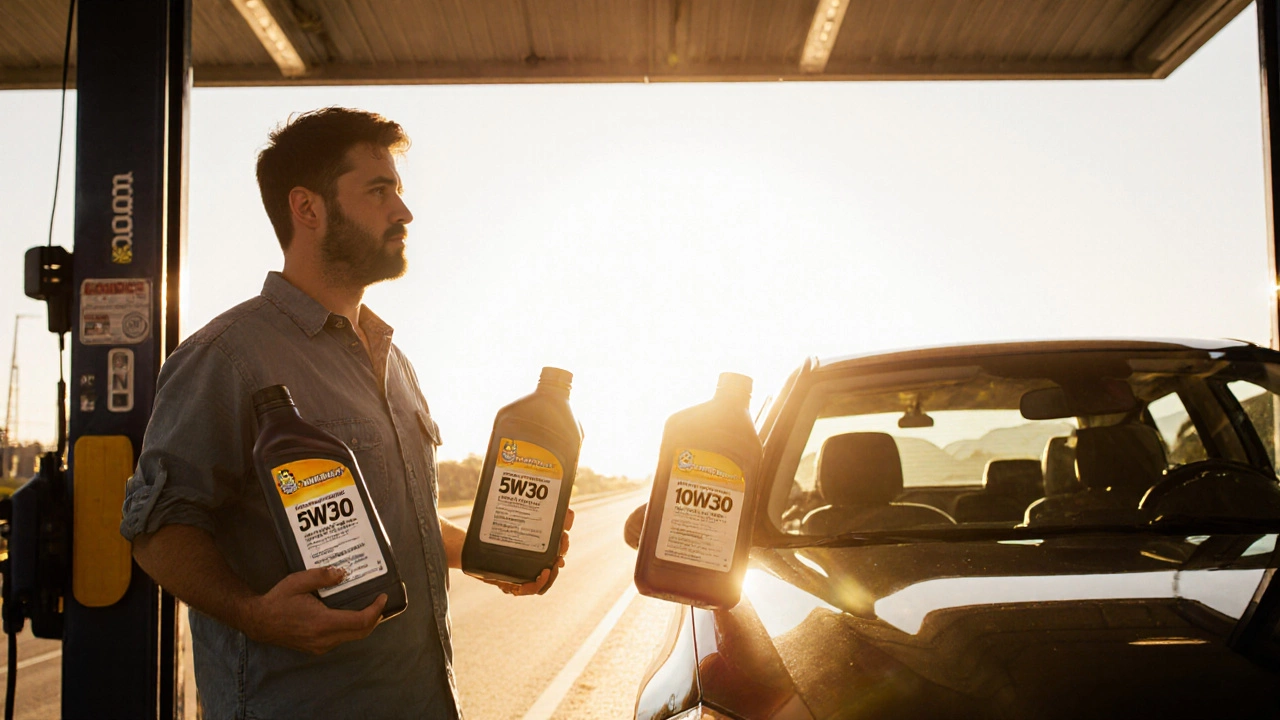
Quick Decision Checklist
- Is your car a modern gasoline or turbocharged model? - Choose 5W30.
- Do you frequently drive in sub‑0 °C temperatures? - 5W30 offers better cold‑start protection.
- Are you using a high‑mileage diesel engine with heavy loads? - 10W30 conventional may be sufficient.
- Do you prefer longer oil‑change intervals and better fuel economy? - Go synthetic 5W30.
- Is cost a big factor and your driving is moderate? - Conventional 10W30 can save a few dollars per litre.
Match your answer to the checklist with the right oil, and you’ll keep the engine clean and efficient.
Frequently Asked Questions
Can I mix 5W30 and 10W30 in the same tank?
Mixing them dilutes the cold‑grade benefit. The blend will behave somewhere between 5W and 10W, which isn’t ideal for cold starts. It’s best to stick to one grade per change.
Is 5W30 always better than 10W30?
Not necessarily. In warm climates the cold‑grade difference is negligible. If the engine is older or the driver prefers a cheaper oil, 10W30 works fine.
What does the “30” part mean for fuel economy?
The “30” indicates the oil’s viscosity at operating temperature. Both 5W30 and 10W30 share the same “30”, so fuel‑economy impact is essentially the same once the engine is warm.
Can I use 5W30 in a vehicle that recommends 10W30?
Yes, manufacturers list a range for a reason. 5W30 is thinner when cold, which is safe for most engines that accept 10W30, especially in mild weather.
How often should I change synthetic 5W30 compared to conventional 10W30?
Synthetic 5W30 usually lasts about 10,000 km (or 12 months), while conventional 10W30 may need replacement around 7,500 km (or 9 months). Follow the oil manufacturer’s schedule.
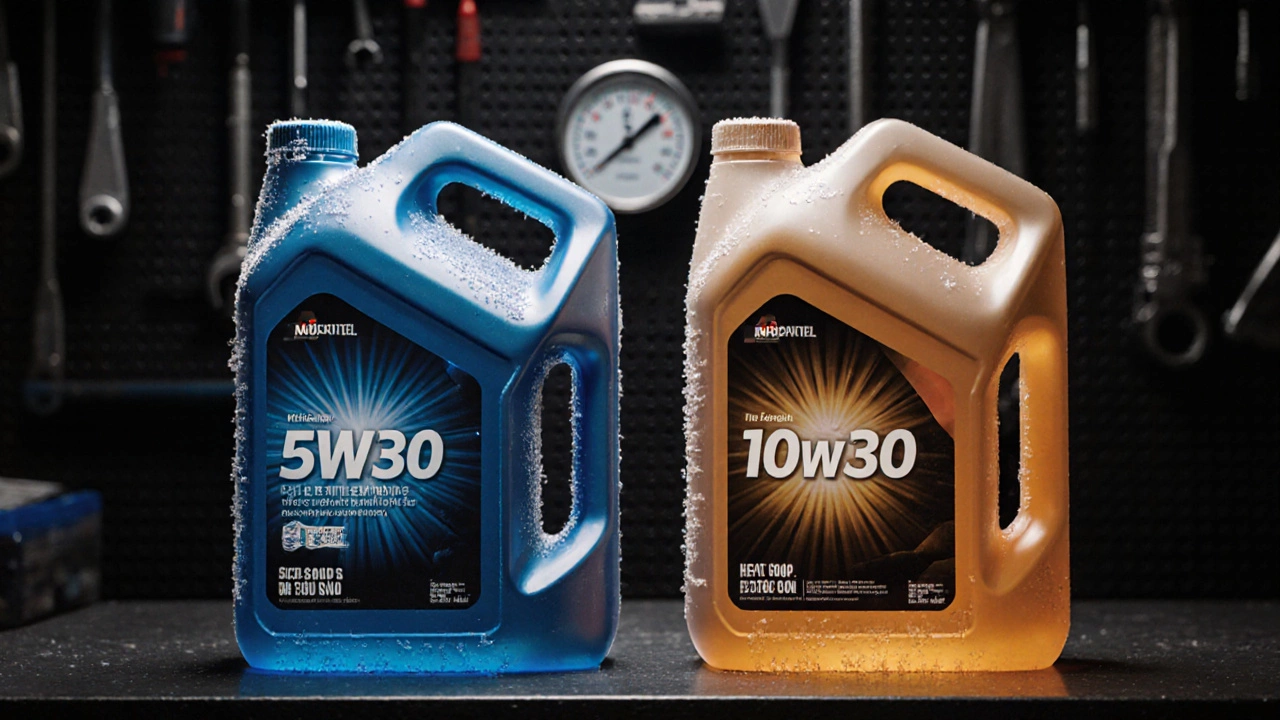


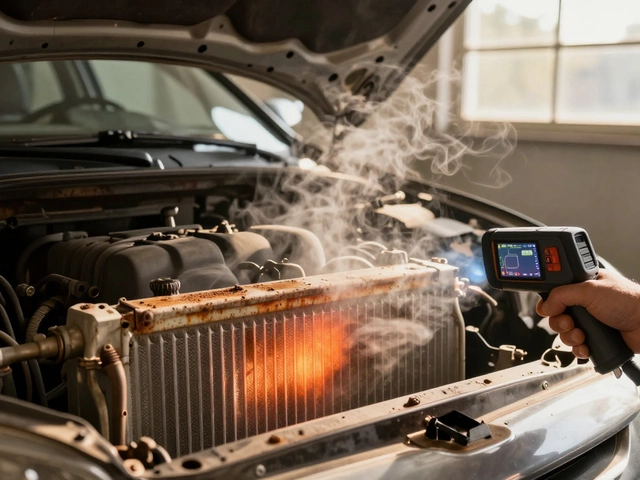



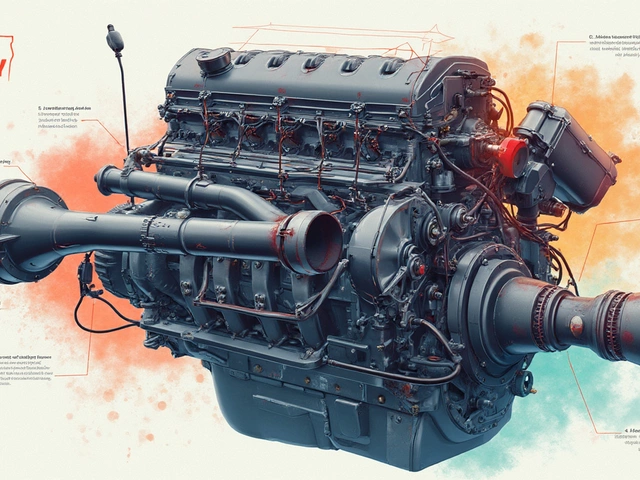



Write a comment